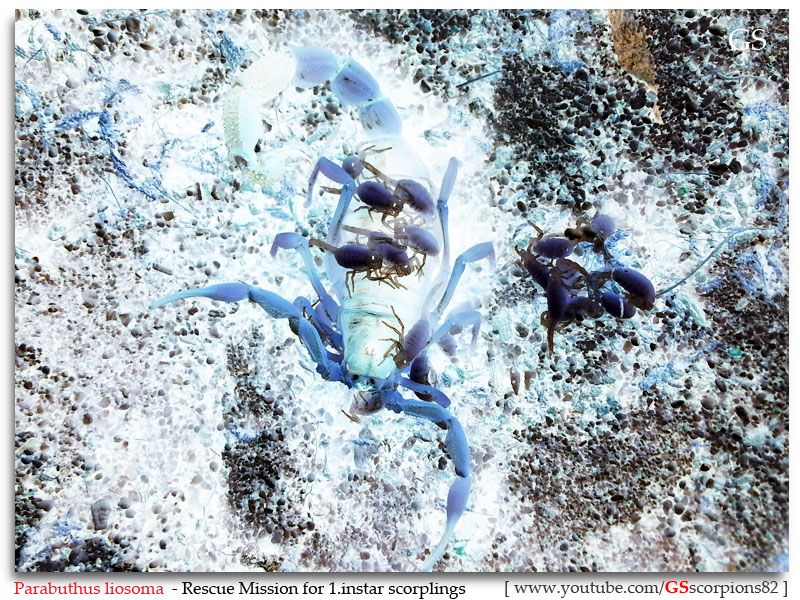AntonLaVey
Arachnopeon
- Joined
- Feb 12, 2013
- Messages
- 6
Hi all..
I got this pair of Androc Bicolor and are now both ready for mating..Earlier I placed in the male in the female's enclosure and right away they held hands..But it's running 2hours now and still no luck..Just doing the dancing ritual but never stopped in the platform to deposit the spermatophore..Is it really this long for them to mate?
For professional advice please..
Regards,
I got this pair of Androc Bicolor and are now both ready for mating..Earlier I placed in the male in the female's enclosure and right away they held hands..But it's running 2hours now and still no luck..Just doing the dancing ritual but never stopped in the platform to deposit the spermatophore..Is it really this long for them to mate?
For professional advice please..
Regards,









